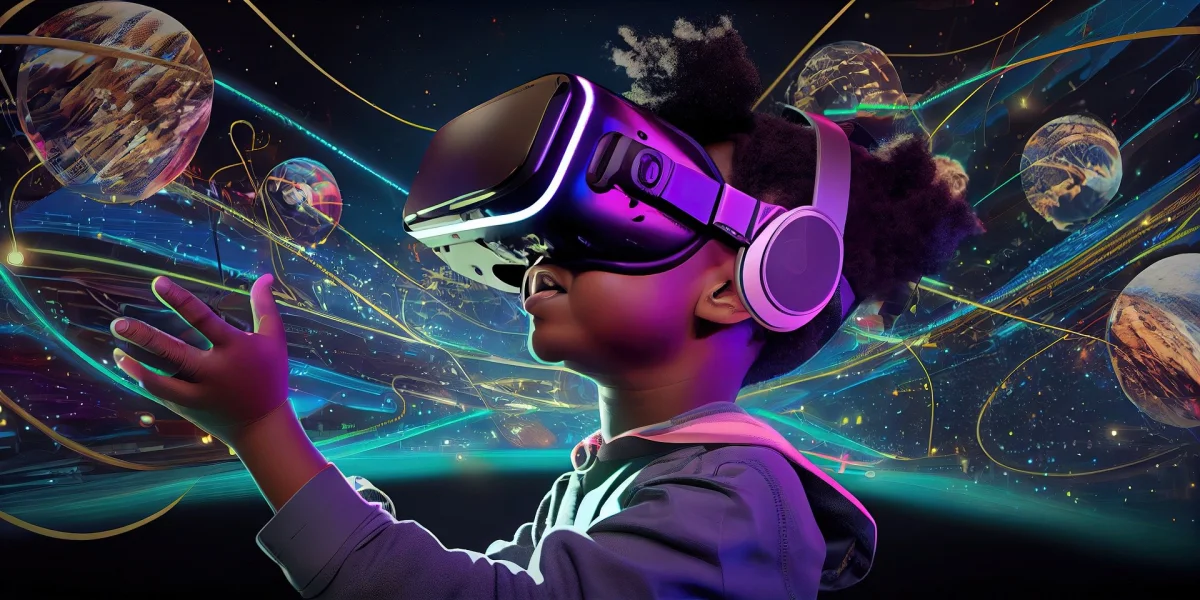In recent years, technology has surged forward at an astonishing pace, ushering in a new era of interconnectedness and virtual experiences. One prominent innovation that has captured the imagination of millions is the concept of a virtual world. These digital realms, accessible through computers or immersive devices, offer users an unprecedented level of interaction, communication, and creativity. As we stand at the cusp of the third decade of the 21st century, the question arises: Is a virtual world the future we are moving towards?
The Rise of Virtual Worlds
Virtual worlds have made remarkable strides in recent years, thanks to advancements in computer graphics, artificial intelligence, and network technologies. Platforms like Second Life, VRChat, and Roblox have already demonstrated the appeal of virtual environments, attracting millions of users worldwide. These digital landscapes transcend traditional gaming realms, providing spaces for social interactions, economic transactions, education, and even virtual tourism. As the technological infrastructure supporting these worlds continues to evolve, the potential applications and user experiences they offer are likely to multiply.
The Virtual Reality Revolution
One of the driving forces behind the increasing popularity of virtual worlds is the rapid development of virtual reality (VR) technology. VR enables users to immerse themselves fully in digital environments, blurring the lines between the physical and the virtual. With VR headsets becoming more accessible and affordable, the potential for widespread adoption of virtual worlds is on the horizon. From education and training simulations to therapeutic applications and remote workspaces, VR offers a myriad of possibilities to revolutionize various aspects of our lives.
Escapism vs. Real-World Impact
Critics argue that the proliferation of virtual worlds may exacerbate societal issues like social isolation and detachment from reality. They fear that individuals might resort to escapism, seeking refuge in virtual realms to avoid confronting real-world challenges. While this concern is valid, proponents of virtual worlds argue that they can have a positive impact by fostering global connectivity, breaking down physical barriers, and promoting cross-cultural understanding. Additionally, these platforms present opportunities for meaningful collaborations, creative expression, and entrepreneurial endeavours, which can translate into real-world benefits.
Environmental Impact and Sustainability
An area that warrants significant consideration is the environmental impact of virtual worlds. As these digital landscapes grow in scale and complexity, they demand substantial server power and energy consumption. Developers must prioritize sustainability, exploring energy-efficient technologies and renewable energy sources to mitigate the environmental footprint of these platforms. Moreover, as virtual worlds continue to flourish, regulations need to be in place to address potential issues such as digital privacy, security, and virtual property rights.
Education and Training in Virtual Realms
One of the most promising aspects of virtual worlds lies in their potential to revolutionize education and training. Immersive learning experiences can transport students to historical events, distant planets, or microscopic realms, making complex subjects more engaging and accessible. Training simulations in virtual environments can equip professionals with practical skills and expertise in various fields, such as medicine, aviation, and military operations, all while minimizing real-world risks. However, striking a balance between virtual education and face-to-face interactions remains crucial for comprehensive learning and human development.
The future undoubtedly holds intriguing prospects for virtual worlds. As technology continues to evolve, these digital realms will likely become more immersive, interactive, and impactful. Whether the world embraces virtual environments as a dominant mode of existence remains uncertain, but the potential for meaningful applications is undeniable. Striking a balance between utilizing virtual worlds to augment human experiences while maintaining meaningful connections to the real world will be key to harnessing their full potential responsibly. As we embark on this transformative journey, society must carefully navigate the ethical, social, and environmental implications of this bold digital frontier. Only then can we truly unlock the vast opportunities that virtual worlds present for the betterment of humanity.
